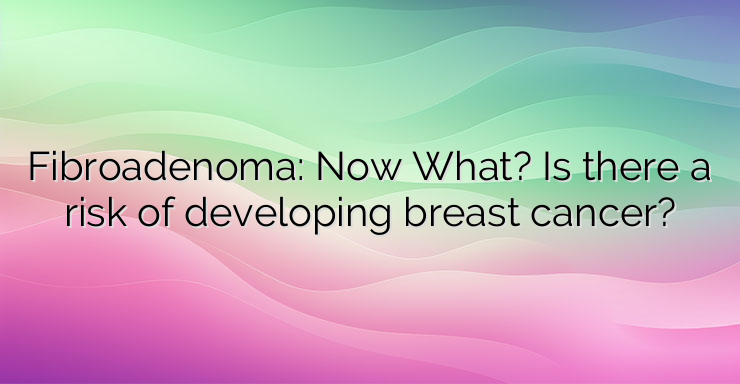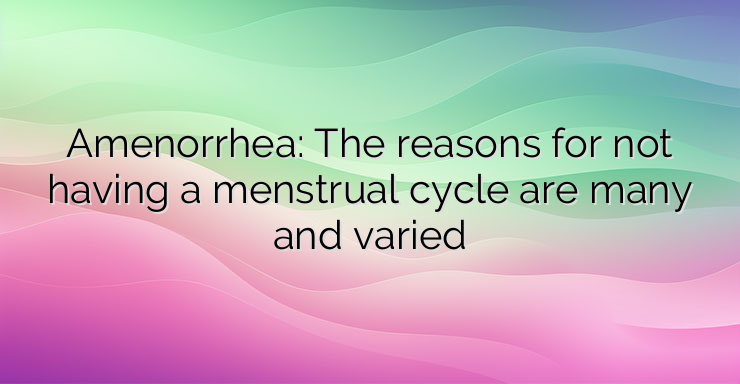Blog TrustedTablets pharmacy
-

Intimate health in menopausal women: What are the new methods to deal with unpleasant symptoms?
Intimate health can refer to a number of different aspects of a woman’s reproductive and sexual health. The term can be used to refer to a number of different conditions that affect the female genitalia and reproductive organs. However, when we talk about a woman’s intimate health, we mean the problems that make it difficult…
-

How is epididymitis diagnosed?
How does epididymitis occur? Sexually transmitted infections are a common cause of epididymitis. Gonorrhea and chlamydia are the most common causes of the development of the disease. These infections cause an infection of the urethra, which sometimes travels down the vas deferens to the epididymis or testicles, causing infection there. Other infections, such as those…
-

Vaginal discomfort – what could be the causes?
Vaginal discomfort, and more specifically itching, is an uncomfortable and sometimes painful symptom that often occurs due to irritants, infections, or menopause. Other causes can be skin disorders or sexually transmitted diseases. Most vaginal itching is nothing to worry about. However, you should contact a doctor or gynecologist if the itching is severe or if…
-

How is epididymitis treated?
What is the treatment for epididymitis? Treatment for epididymitis involves treating the underlying infection and relieving symptoms. Common treatments include: Antibiotics, which are given for 4 to 6 weeks for chronic epididymitis and may include doxycycline and ciprofloxacin A pain reliever that is available over the counter (ibuprofen) or with a prescription (codeine or morphine);…
-

Fibroadenoma: Now What? Is there a risk of developing breast cancer?
Fibroadenomas are firm, noncancerous breast lumps that occur most often in women between the ages of 15 and 35. The formations may feel firm, smooth, and well separated from the surrounding tissue. Usually not painful, they can feel like a “ball” in the breast that is easily mobile when examined. Fibroadenomas vary in size and…
-

Is casual sex emotionally healthy?
It is not a myth at all that casual sex among adults is common. Literature and cinema abound with such examples, and researchers in the field are aware of this apparently human behavior. For some people, casual sex plays the role of an important event in life, for others it is just a diversion. For…
-

Amenorrhea: The reasons for not having a menstrual cycle are many and varied
Amenorrhea is the absence of a menstrual cycle. Women who have missed at least three menstrual cycles in a row or girls who have not had a period by the age of 15 have amenorrhea. The most common cause of amenorrhea is pregnancy. Other causes may include problems with the reproductive organs or with the…
-

Premature ejaculation: The result of a complex interaction of psychological and biological factors
Premature ejaculation is a common sexual problem. Approximately one in three men report premature ejaculation at some point in their lives. While this problem is rare, it is not a cause for concern. However, a diagnosis of premature ejaculation may be made if: You always or almost always ejaculate within one minute of penetration; You…
-

Breast cancer and pregnancy
Breast cancer is a disease in which malignant (cancerous) cells form in the breast tissues. The breast is made up of lobes and ducts. Each breast has 15 to 20 sections called lobes. Each lobe has many smaller sections called lobules. The lobules end with dozens of small glands that produce milk. The lobes, lobules,…